Our gardens are surely feeling neglected at the moment, so we’re briefly interrupting our goat shed construction to bring you a peek at our February garden.
It’s interesting to see how this year compares to last. Some plants are behind this year, and others seem to be ahead. The daffodils, for example, are blooming noticeably later this year.
Early rains in October suggested we were in for another soggy winter, but those rains gave way to an unseasonably dry, and cold, December and January. So dry I found myself watering the garlic beds in the middle of winter after the garlic had sprouted.
February so far has gifted us with both a little much-needed rain, as well as some warm sunshine, and although the majority of the gardens are barely breaking dormancy, there are definitely a few signs of spring beginning to stir.
The Vegetable Beds
In the vegetable garden, a number of overwintered greens are really starting to come into their own.
The Kales and Komatsuna are growing well, as are the carrots, and the Romanesco plants are all heading up.
The prize for the hardiest greens to over winter clearly goes to the Mizuna. After pulling back the row covers it was clear these Mizuna greens were taking over, and I’m sure I planted some carrots somewhere under there in the fall.
Best winter garden color goes to the Bull’s Blood beets, whose leaves have the most stunning, rich burgundy-red color.
New for us this winter was Frisee, and there’s no question we’ll grow this in our future winter gardens as it’s performed especially well, despite the long run of 20-something degree mornings through most of December and January.
Lurking in the greenhouse, some spring snap and shelling peas, that are both anxious to get outside.
A transplanting task for this weekend, as I’m already behind.
The Herb Beds
The herb garden is starting to awaken too. The garlic chives are already running amok, and the lemon thyme is beginning to bloom. After a hard winter prune the Oregano is also springing back to life.
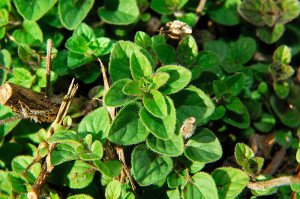
Oregano, along with thyme, will help to provide blooms for the bees from early spring through late summer
Our cold mornings this winter were a little hard on our culinary sage, but a quick trim of the dessicated foliage has stimulated some new growth.
As this sage is going into its third year, we’ll likely start some new plants in the greenhouse this spring.
First to bloom in the herb garden is always Rosemary. She’s a bit of a show off in the winter garden, which is why we’ve planted so many plants along our slopes, in the hopes of providing the honey bees with a little extra winter food on the warmer days.
Our French Tarragon drowned in all the rains last winter, so it was replanted in the spring.
This winter, despite the cold, it appears to have survived, and is starting to sprout. Apparently it resents heavy rain more than the cold.
This weekend, schedule permitting, I’m hoping to get our cumin started for the year, a new addition to the herb beds this year.
The Orchard and Fruit Garden
Like last year, this year our Aprium ‘Flavor Delight’ is the first to bloom in the orchard, albeit a little later than last season.
It’s the only fruit tree in bloom at the moment, although others are bursting with buds, but it’s putting on a spectacular early season show. This time last year the Satsuma plum, and the Frost peach were also blooming by mid-February, but they’re not quite there yet this season.
The raspberries are still sleeping too, but the olallieberries are taking off quickly so we’re optimistic for summer fruits.
Rhubarb was new to the garden last spring, so we’re encouraged to see the first growth of the season, and looking forward to strawberry and rhubarb pies.
Two new fruits to the garden this year are the Chilean Guava (Ugni molinae), and a Fernleaf Elderberry (Sambucus nigra laciniata). We won both of these plants in a raffle at a local California Rare Fruit Growers meeting in December. I’m not sure we would have chosen either of these varieties on our own, but it will be interesting to see how they do in the garden, and I’m sure our pollinators will enjoy both of them in bloom, and no doubt the birds will relish the berries too.
Yesterday I spent some time potting up each of our M-111 apple root stocks, in preparation for grafting our scions.
We’ll wait until the root stocks show signs of bud swell before grafting, but if this spring-like weather continues, I suspect that won’t be far away.
The Native Garden
In the native garden areas there are lots of signs of life. All of the sages, especially Alan Chickering, Amethyst Bluff, and Shirley’s Creeper, have all looked fabulous throughout the season, despite a relative lack of rainfall.
The California Poppy foliage is looking lush in the areas we’ve allowed them to grow. Unfortunately a number of plants were removed recently in the orchard, along with most of the Baby Blue Eyes (Nemophila menziesii), and Goldfields (Lasthenia glabrata), in an effort to remove hiding places for Meadow Voles.
I have a number of native deer grass plants (Muhlenbergia rigens) in the greenhouse that are anxious to be put in their permanent home.
These are destined to keep the company of some Salvia clevelandii ‘Pozo Blue’, Ceanothus ‘Yankee Point’, and ‘Goodwin Creek’ lavender, among others.
If you remember, late last fall we tore up a large section of the front garden to repair a sink hole, so this spring we hope to convert our now moonscape-of-a-garden into something much more presentable. More on that project soon.
Ceanothus ‘Dark Star’ on the upper slopes, where it’s a little warmer, is already beginning to bloom, and lower down near the orchard, this plant is almost ready to burst.
Ceanothus “Wheeler’s Canyon” was a new addition this winter.
We’re growing a number of plants in front of an old guest house foundation in an attempt to obsure it, so we’re excited to see these new plants pushing some growth.
Just downslope is some Pitcher Sage (Lepechinia fragrans) that is growing quite fast, nearly as tall as me, so perhaps it’s in need of some pruning to help it shrub out more.
Last year, as I had a lot of seed, we direct sowed California Buckwheat (Eriogonum fasciculatum) to control some surface soil erosion. Perhaps the seed was all washed down the slope in our record rains, or eaten by birds? Regardless, germination appeared to be a stunning 0%! This year I elected to sow the seed in flats in the greenhouse, the same seed, from the same source (and a year older), and this time had germination rates over 90%!
I spent yesterday potting on these seedlings. They’d germinated so well, they were very overcrowded! I’m looking forward to eventually transplanting them outside. Note to self, native buckwheat sprouts better in the greenhouse.
Our native Golden Yarrow (Eriophyllum confertiflorum) also took off in the greenhouse, so I suspect we’ll see a lot of yellow blooms later in the season, I just need to figure out where to plant them all!
Also new, and still in the greenhouse waiting to be planted out, a native Pipe Stem Clematis (Clematis lasiantha). This will be an experiment as I’ve never tried to grow one here, but I think I have the perfect spot up slope of the orchard near a large oak.
A new addition to the non-native garden area is this double-pleated Hellebore.
Yes, it’s true, I’ve finally succumbed, and added a Hellebore to the garden. I have no idea how well it will grow here, but I’ve been coveting the Hellebore’s of others recently, so I decided to take the plunge. I’m weak, what can I say?
So overall there’s not much color in the garden at the moment, unless you count the beets, but the gardens are starting to stir for spring.
Despite my best intentions of getting the tomatoes sown this week, it hasn’t happened yet. I feel like I’ve lost a week, or two, somewhere. I did get the greenhouse organized yesterday though, so hopefully over this long weekend I can finally get the tomatoes sown! However, as the first of our goat kids is due to be born next week…FIRST we need to get back to finishing the goat shed!

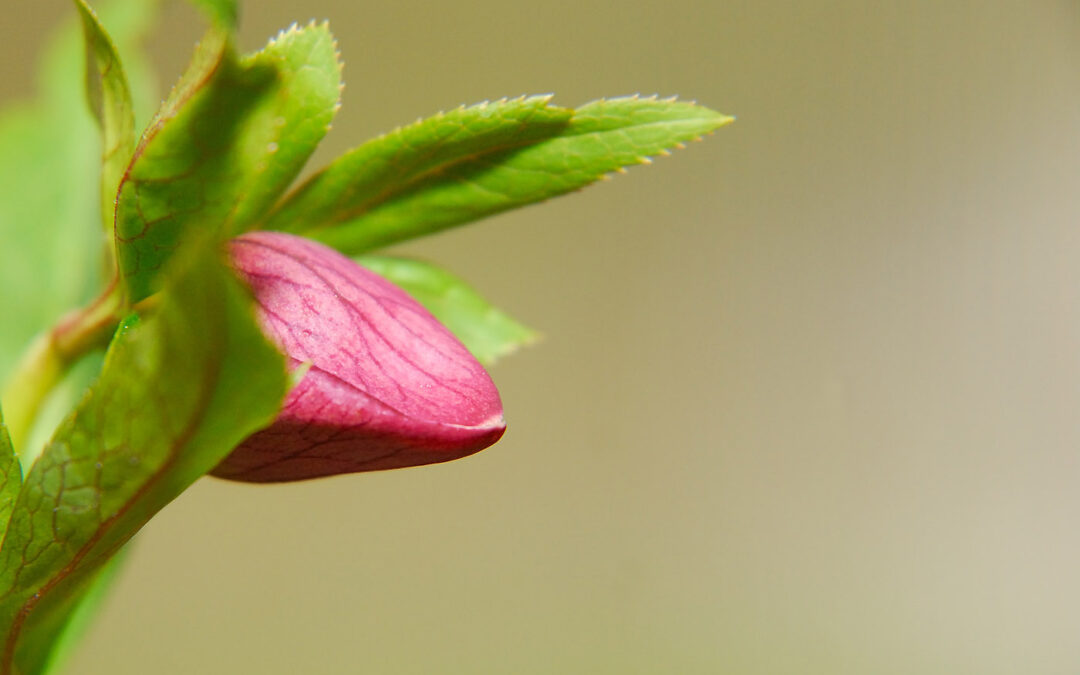
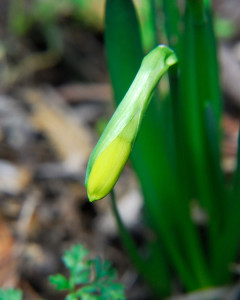
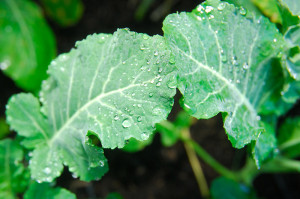

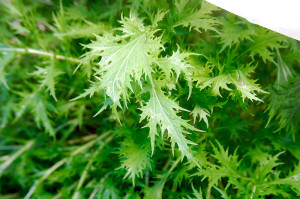
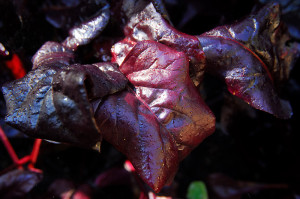
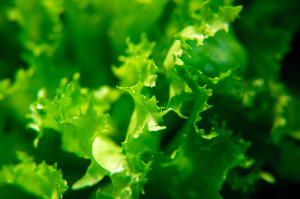

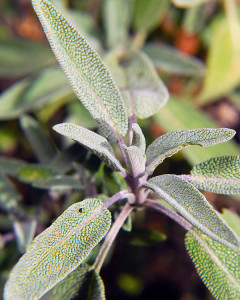
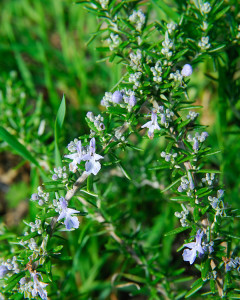

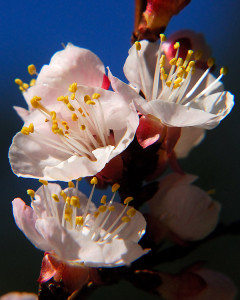
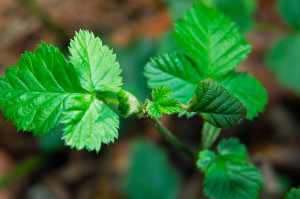
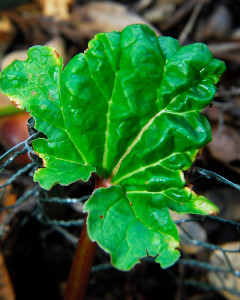
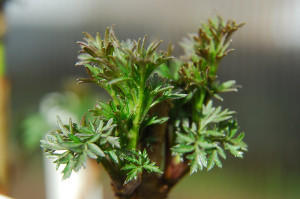
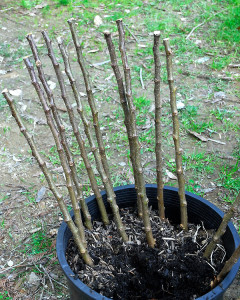

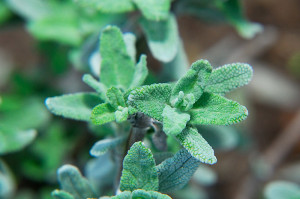

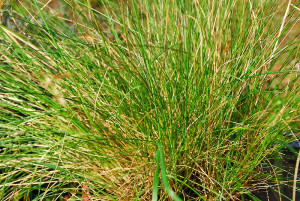
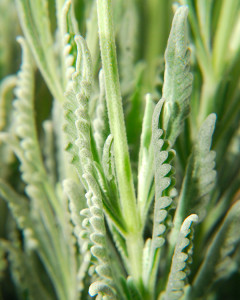
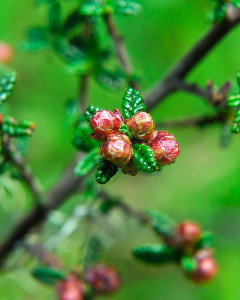
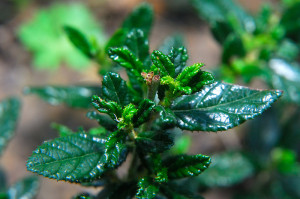
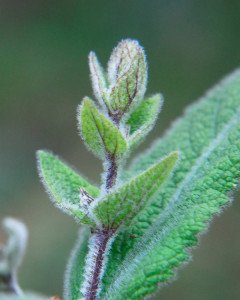
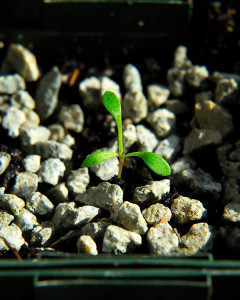

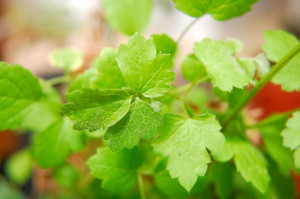
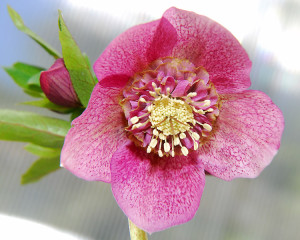
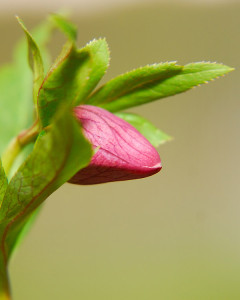







Extremely detailed and beautiful as always. Thanks for the update!
Thanks Alan, it felt good to get in the garden!
so much growing at the farm…I cannot wait to get out to look but I think we are in for a turn toward spring. the ground looks thawed and the grass is even greening up…
There was more going on than I expected. I think because the daffodils are little later this year, I assumed the rest of the garden was still sleeping 😉
There’s a lot going on in your garden! I’m glad you got some much-needed rain. I haven’t yet started my vegetable seeds, but if the weather is nice this weekend, I may try to get an early start on spinach and lettuce. Have a great weekend!
It looks like we might get a little more rain this weekend. Not too much though, at least I hope not…we still need to roof the goat shed!
Clare,
Never heard of transplanting pea plants, we plant them thick as you might have seen in my late January post. The peas are out now, did get watered twice. Mizuna, planted it by itself once, not we get mixed salad greens with it mixed it, love eating it.
I was at the local bee shop the other day, he has 1600 hives. He suggested we act early when queens are available and pull 2-3 frames and put them in a nuk. Then let the bees get lots of honey, harvest some honey then split the hive at the end of May. Got to build a nuke.
Have fun with the hellebores, they are addicting. We live only 1.5 hours from one of the breeders, Pine Knot Farms so going to their festival is not a big deal.
We’ve tried direct sowing peas, but the voles devour them as fast as we can plant them. The pea seeds seem like some sort of vole-attractant. Transplanting them out though seems to work much better. It’s just good to get them out before they get too big.
Our swarm season will be in full swing by March, we can’t wait until May here. The general rule is that if they’re making drones, they can swarm at any time. As soon as it’s warm enough, we’re going to try for early splits, especially as we now have two empty hives on the hive stands, and our feral-source colonies are growing like crazy at the moment!
Seems like your hands are full! I think we need to do rain dance harder, so we can have more rain 🙂
I promise to do more rain-dancing…soon…once the roof of the goat barn is up! 😉
What a great tour of your gardens! I always enjoy seeing what you are doing with the native plants as well as all the fruits and veggies. We too started a rhubarb bed last year, and I have high hopes for it in the years to come.
I had to look up olallieberry to check it out. I doubt the canes would be reliably hardy here, though with our warming climate they might be in the future. I tried Marion and Logan berries when I lived at my old place, and they didn’t make it, but that was some years ago.
Isn’t Mizuna amazing? I put some green and red plants in the greenhouse bed and they have gone nuts. I am guessing your chickens could help you eat some of yours.
The Mizuna is out of control! I never expected it do that well, but you’re right, I think our girls will be more than happy to help us keep trimmed 😉
Everyone looks happy and healthy and ready for summer. I love to visit your blog; you have the most amazing collection of plants, animals and ideas. I envy your rhubarb, I have tried to grow it here but so far it has not produced more than a stalk or two, must be the heat.
Happy Gardening!
Well, this will be the first year we can hope to harvest any rhubarb, as the root section was newly planted last spring. I’m still not sure how well it will do here, but I’m keeping my fingers crossed!
You have a LOT growing! I’m so surpised at how well the garden here seems to be doing even without the usual rain. I guess we can trust Mother Nature,…’she’ has to be right, right?
First of all that photo of the fruit tree blossoms in more than suitible for framing,…wonderful! And my other comment is about the Ceanothus ‘Dark Star’ buds. I have never seen such dacadent colors on any native plant, have you? They look like luscious berries when getting close to blooming. Fabulous garden progress!
I think our sages are maybe a little less lush as we’re behind on rainfall, but overall the gardens are doing quite well. I do expect, however, that we’ll be watering the gardens earlier in the season, at least if the rains don’t materialize over the next month.
I love the Ceanothus. Between all the varieties of sage, and all the different types of Ceanothus, you could plant a tremendously varied, and colorful garden, just using those two natives!
With everything that’s going on with not only the goat shed, but the garden as well, you must be very busy. It’s wonderful to see the plants doing so well despite the lack of rain. I just love the colour of that Burgundy Bull’s Blood Beet … it’s fabulous! It sounds like you’re starting to get on top of those Voles. Best of luck with that. I so enjoyed my visit today and catching up with all the news.
We’re starting to control the voles, but I admit, the weeds have grown a little while we’ve been distracted with the shed. Definitely need to trim them this week!
Clare, So much is going on at the farm! Love the tour and seeing the foods, culinary herbs, natives and those seductive hellebores. The honeybees visit mine so you may make your hive members happy! gail
I hope the bees like the Hellebores. At the moment they’re mostly feasting on the rosemary!
You have so much to tend to on your farm. I can easily see how busy it keeps you. So much in produce and so much in pretty ornamental blooms, not to mention all your critters.
We’ve definitely had to let a few things go in the last couple of weeks, but once the goats arrive things should settle down somewhat! 😉
You grow a lot of vegetables I’ve never heard of! So interesting to hear about your garden. And I can relate to the 0% germination rate – when we first moved here, we threw out tons of different flower seed in the front, but nothing came up. I really think the rains washed them all away.
Ah, some of those odd sounding vegetables are probably some of our Asian greens, like Komatsuna, and Mizuna. Our coastal climate seems to suit many of those greens very well, especially during the winter months, and prefer the flavor, and texture, of many of them over spinach.
As for seeding, I think overall we have better luck with most seeds if we give them a head start in the greenhouse first. Between the weather, and lots of birds, seeds on the ground don’t stand a chance! 😛
I am dizzy thinking of all the work you do, but I know it is the most rewarding work! Your winter veggies look so healthy. I hope your hellebore does well. ‘Tutu’ is a beautiful one. I find myself examining my hellebore buds and blooms in detail. Each one has so much to reveal. Good luck on completing the goat house and on the birth of the new kid!
I’m dizzy too…but that might be exhaustion! 😉 I can see the light at the end of the tunnel on the goat shed, finally, but it’s still not quite done. It will be finished before the goats come home though. Got the windows finished today, tomorrow, the door, and most of the porch is up, and the roofing almost finished…it’s been a LOT of work, but I’m loving how it’s turning out. Promise to update on that soon!
Clare, with so many projects on the go I’m amazed that you only find yourself a week or two behind schedule. I can’t imagine doing half of what you two do. You are amazingly exceedingly organized.
Haha…I think I’m now pushing three weeks behind, but we’ll catch up. I do see a few naps in my future though 😉
Yes! Isn’t it amazing how much February changes things? I’m quite impressed how much is coming out in my garden – and all on 3 inches of rain. Since September. Could you come over here for a rain dance?
I think we all need to do a rain dance soon. There’s no way we’d have built the shed this time last year, it was a deluge from February through June! I’m grateful for the dry weather, but also getting quite worried about what it will mean for this summer, both for the plants, and for fire season 😯
Great to see so much happening already in your garden. Looking forward to seeing the finished goat shed.
The warmer weather this week is finally convincing some daffodils to open, and I’m surprised how well the gardens have done overall, especially with our chilly start to winter!
Wow, what an awesome array of plants you have growing and on the verge of blooming! Your veggies and herbs look great (mine are struggling against an onslaught of slugs and bunnies) and your native plantings seem to be thriving. For some odd reason, both my manzanitas and ceanothus have been especially floriferous this year, which doesn’t make much sense considering our dryish winter season…not that I’m complaining 🙂 How exciting that you’re expecting some ‘kids’ very soon. Looking forward to your post on the new arrivals!
We’ve actually had a lot of slugs this year. Usually the only slugs I’d see where the banana slugs, but this year we seem to have an up-tick of the common garden variety slugs. Not sure if their populations boomed due to last year’s rain perhaps? We’ve heard more Pacific Tree Frogs too, so maybe that’s it, but for the first time since moving here, I’ve considered Sluggo!
I have naked buckwheat reseeding and lots sprouting in the greenhouse. Today I pricked out the alum root, fair but not as good a germination as last year. But golden yarrow? – narry a one! I think I have some more seeds or seed heads and need to try again. I love that plant. Your veggies look brim full of vitality! Our dark star is in full bloom – I’d say you’re two weeks behind us here on the ridge. I love those dark blue blossoms.
The golden yarrow surprised me. I seeded two per cell, and most came up as doubles, so I snipped the extras. I have quite a few, so if they continue to do well, I’ll let you know when they’re old enough to transplant. Happy to pass a few along. 🙂
‘Tutu’ is gorgeous and my favorite type of hellebore flower, technically called anemone-flowered. I hope it thrives. Thanks for the link.
Oh, I like anemone-flowered better as a term, compared to double-pleated (that’s just how they were labeled in the nursery). It’s actually the first time I’ve seen them in a nursery here, but admittedly I don’t go to the garden nurseries very often any more as I start most of our plants from seed or cuttings. I’m happy to finally add a Hellebore to the garden though 🙂
I keep meaning to plant Mizuna greens…I like their flavor. The lettuce is keeping us going with the other greens, so maybe later this year I will try some. Your garden is filled with so many goodies, a testament to all your hard work.
You guys are super-heroes.
Any insight into how soon I can let my baby fruit trees go before I allow them to bear fruit. I’ve got a pluot that I bought two years ago that’s covered in blooms. Last year, we let two fruits mature.
I guess I’ll let last year’s plum grafts flower, and then pinch off any baby fruits, so they don’t overburden the wee branches.
Oooh
Ahhhh
I wish we had greens that size (cabbage looper holes or not) but our chickens “deleted” them all from the garden. Maybe they deleted a good number of cabbage pests, too.
Good news is our new brassica seedlings popped their heads out today!
It’s weak to grow hellebores? Oops! I hope you enjoy yours as much as we like ours. 🙂
Hi Clare,
Very nice to see you have bought Helleborus ‘Tutu’ too; you can join in my obsession for said plant now 🙂